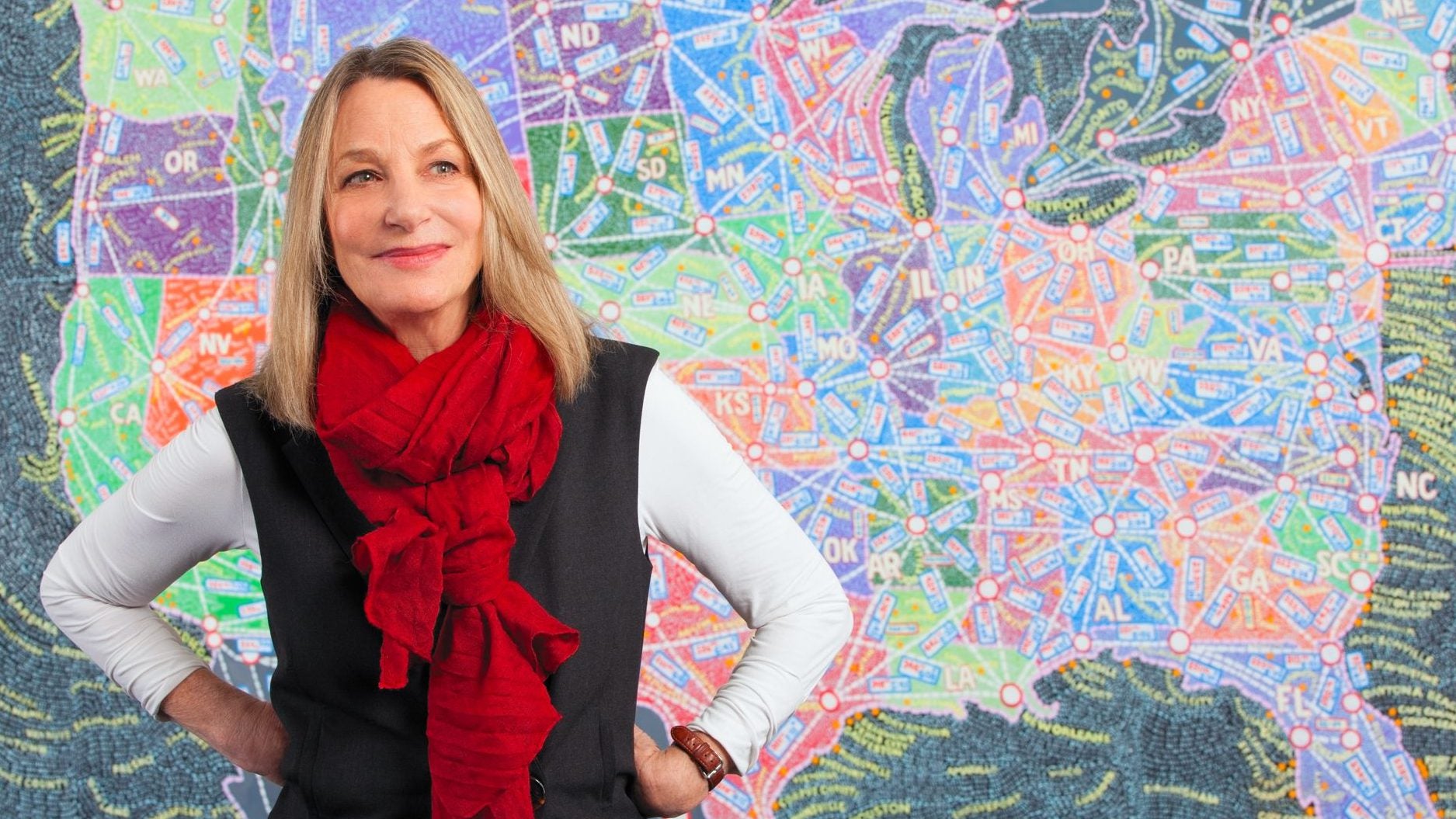“No free work” is the wrong advice for creative people
Creative professionals are generally told not to work without a paycheck. But can strategically offering your services for free actually catapult your career?


Creative professionals are generally told not to work without a paycheck. But can strategically offering your services for free actually catapult your career?
Design legend Paula Scher argues that it can, in some startling advice she offered at the AIGA conference in Las Vegas on Oct 17:
“The point of working for free is not so much to give things away but to take things back,” she said during a talk that distilled lessons from her illustrious career for some 1,200 design professionals in the audience. “And giving something away sometimes gives you so much back. And I don’t just mean fame and reputation, but the way you feel about doing it. And it’s your choice—you control that, not the client.”
The first female partner at the world’s largest independent design consultancy, Pentagram, the much admired 68-year-old American graphic designer created the visual identity of some of world’s most recognizable brands, including CNN, Tiffany & Co, MoMA, Citibank, The Public Theater, and Shake Shack.
Her tip may sound counter to the “no spec work” standard designers have long been advocating for, but the point of Scher’s business advice is not about working for zero gains or even altruism, but to gain leverage.
And there’s a practical advantage too, she explained. “If there’s a not-for-profit client that comes along and wants you to work for them for very little fee, you’re better off working for free,” Scher argued. ”If they pay you that very little fee—which to them is a lot of money—they’ll be as enormous of a pain in the neck as the client who pays you the big fees. If you offer to do it, you’re in control.”
In return for not charging clients, Scher has full creative freedom and can more easily enter a project as an equal partner with the client. Her growing portfolio of pro bono work includes the logos for The High Line Park, Madison Square Park, Rockaway Beach and various signage projects for the New York City Department of Parks & Recreation (NYC Parks). Her long-term volunteer work with NYC Parks has also landed her a seat on the 11-member Design Commission which reviews proposals for public art and monuments in New York City.
The work-for-free power stratagem applies to those starting out looking to bolster their portfolios and résumés by doing work for high profile clients. It can also help seasoned professionals looking to branch out or prove their mettle in new career paths or specializations.
The Texas-based designer Matt George echoed Scher’s belief in the value of the “no pay, no say” arrangement, as he called it. Speaking at the AIGA conference’s craft symposium, the seasoned creative director explained how donating his services to a local bar called Goodfriend and a restaurant, Blind Butcher, had allowed his team to take a break from the strict parameters of corporate design work and skip the typical lengthy client approval process. George helped come up with a name for the establishments and help define their character through quirky menus and an off-the-wall visual identity.
“We just did something analog that felt right for us, and felt right for them,” he explained. “This project is all about connecting our work to good people.”
Free work can also often lead to paid commissions. Before it became an international foodie obsession, Shake Shack’s logo came from the signage for an outdoor burger stand that Scher concocted for the Madison Square Park Conservancy for free. The restaurant later hired her to develop the graphic identity, signage and packaging for the $1.6 billion global brand, with branches in over 60 countries.